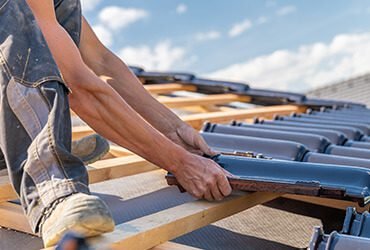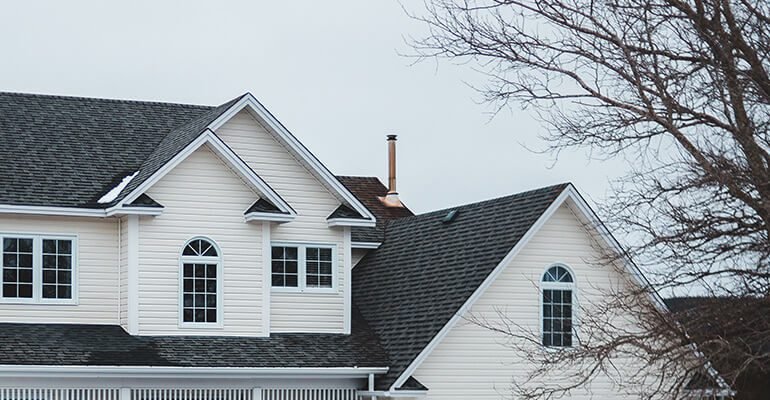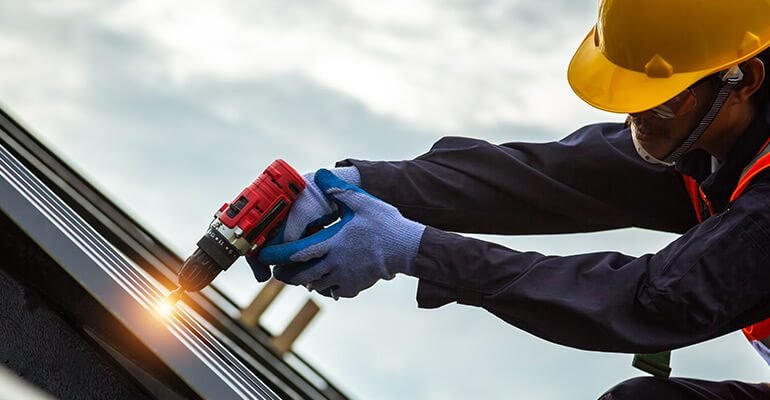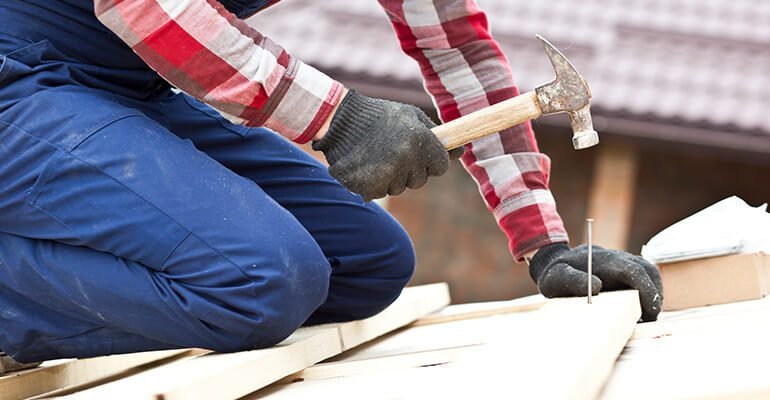Importance of Expert Engineer
The expertise of the engineer overseeing a roofing project can have a significant impact on the overall quality and success of the project. An expert engineer with a deep understanding of roof design and installation will be able to ensure that the project is completed correctly and to the highest standards.
At Roofplan, our team of expert engineers has extensive experience in all aspects of roofing. They are skilled in designing custom roofing solutions that meet the specific needs and budget of each customer. They are also knowledgeable in the use and installation of various roofing materials, ensuring that the roof is installed correctly and with the highest level of craftsmanship.
The expertise of an expert engineer is essential to the success of a roofing project. At Roofplan, we are proud to have a team of highly skilled and experienced expert engineers.
In addition to their expertise in design and installation, our expert engineers are also dedicated to customer satisfaction. They work closely with our customers throughout the project, keeping them informed and addressing any concerns or questions they may have.
Overall, the expertise of an expert engineer is crucial to the success of a roofing project. At Roofplan, we are proud to have a team of highly skilled and experienced expert engineers who are committed to delivering the best possible results for our customers.


The expertise of an expert engineer can also help to prevent costly mistakes or issues during the roofing process. A poorly designed or installed roof can result in a range of problems, such as leaks, structural damage, or even the need for a complete roof replacement. By working with an expert engineer, you can be confident that your roof will be designed and installed correctly, helping to avoid these types of issues and ensuring the long-term performance and longevity of your roof.
Roof evaluation Facts
Roof evaluation is the process of assessing the condition of a roof in order to determine its current state and identify any potential issues or areas of concern. This is an important step for building owners and property managers to take in order to ensure the long-term health and protection of their building. In this post, we will delve into the details of roof evaluation, explaining what it is, how it is conducted, and why it is important.
Roof evaluation is the process of assessing the condition of a roof in order to determine its current state and identify any potential issues or areas of concern. It is typically conducted by a professional roofing contractor or building inspector and includes a thorough inspection of the roofing material, the condition of the decking, and the overall condition of the roof. The goal of a roof evaluation is to identify any issues that may need to be addressed in order to prolong the life of the roof and protect the building from water damage.
it is important to choose a reputable and experienced roof evaluation contractor in order to ensure a thorough and accurate assessment of the roof.
Roof evaluation is typically conducted by a professional roofing contractor or building inspector. The process typically involves a visual inspection of the roof from both the ground and the roof itself, if possible. The inspector will look for any visible signs of damage, such as missing or damaged shingles, leaks, or rot. They will also assess the condition of the decking and the overall condition of the roof. In some cases, the inspector may also use specialized equipment such as thermal imaging cameras or moisture meters to help identify any potential issues.
A typical roof evaluation will include a detailed assessment of the condition of the roof, including any visible signs of damage or wear and tear. It will also include an estimated lifespan for the roof, as well as any recommendations for repair or maintenance. In addition, the evaluation may include an assessment of the ventilation and drainage systems, as well as any other components of the roofing system that may need to be addressed.


Roof evaluation is an important step for building owners and property managers to take in order to ensure the long-term health and protection of their building. By identifying any issues with the roof early on, it is possible to address them before they become more serious and costly to fix. In addition, a roof evaluation can help to prolong the life of the roof by identifying any potential issues that may need to be addressed in order to maintain its integrity.
The frequency of roof evaluations will depend on the age and condition of the roof, as well as the climate in which the building is located. As a general rule, it is a good idea to have a roof evaluated at least once per year, particularly if the roof is older or has sustained any significant damage. In some cases, it may be necessary to have the roof evaluated more frequently, especially if the building is located in an area with harsh weather conditions or if the roof is showing signs of wear and tear.
Roof plan & Insulation
Roof planning and insulation are important considerations when building or renovating a home. The right roof and insulation can help to protect your home from the elements, reduce energy costs, and improve the overall comfort of your home. Here are eight key points to consider when it comes to roof planning and insulation:
The design of your roof will depend on the style of your home and the climate you live in. Factors to consider include the slope and pitch of the roof, the type of materials to be used, and the location of the roof in relation to the sun.
It’s important to understand the warranty options available for your roof and insulation. Some manufacturers offer long-term warranties for their products.
There are many different types of roofing materials available, including asphalt shingles, metal, wood, clay or concrete tiles, and rubber. Each material has its own unique benefits and drawbacks, so it’s important to consider the specific needs of your home when selecting a material.
Proper insulation is essential for a healthy and energy-efficient home. Insulation helps to keep your home warm in the winter and cool in the summer, reducing energy costs and improving comfort. There are several different types of insulation available, including fiberglass, cellulose, and spray foam, each with its own unique properties.


Adequate ventilation is also important for a healthy and energy-efficient home. Proper ventilation helps to regulate the temperature and moisture levels in your attic, preventing issues such as mold, rot, and ice dams. There are several different types of ventilation systems available, including static vents, wind turbines, and ridge vents.
Choosing energy-efficient roofing and insulation materials can help to reduce your energy costs and lower your carbon footprint. Options such as metal roofing and solar panels can help to improve the energy efficiency of your home.
Dormer vents for enhanced attic airflow
Dormer vents are a type of ventilation system that is installed along the slope of a dormer, which is a vertical extension of a building’s roof. These vents allow for the natural flow of air through the attic and can help to improve the ventilation of your home. Here are eight key points to consider when it comes to dormer vents:
Dormer vents can provide several benefits to your home, including improved attic ventilation, reduced energy costs, and increased comfort. Proper ventilation helps to regulate the temperature and moisture levels in your attic, preventing issues such as mold, rot, and ice dams.
The cost of dormer vents can vary depending on the type of vents and the scope of the project. Be sure to get estimates from multiple contractors.
There are several different types of dormer vents available, including static vents, wind turbines, and ridge vents. Static vents are passive ventilation systems that rely on the natural flow of air to ventilate the attic. Wind turbines are active ventilation systems that rely on the wind to turn a fan and ventilate the attic. Ridge vents are installed along the ridge of a roof and allow for the natural flow of air through the attic.
Dormer vents should be installed in a location that allows for effective ventilation of the attic. This may include the slope of the dormer, the position of the vents in relation to the roof, and the overall size of the vents.


Dormer vents are typically made from durable materials such as metal or plastic. Metal vents are known for their longevity and resistance to extreme weather, while plastic vents may be more affordable but may not be as durable.
Dormer vents typically require minimal maintenance, but it’s important to keep them clean and free of debris to ensure optimal performance. This may involve occasionally cleaning the vents with a soft brush or cloth.






